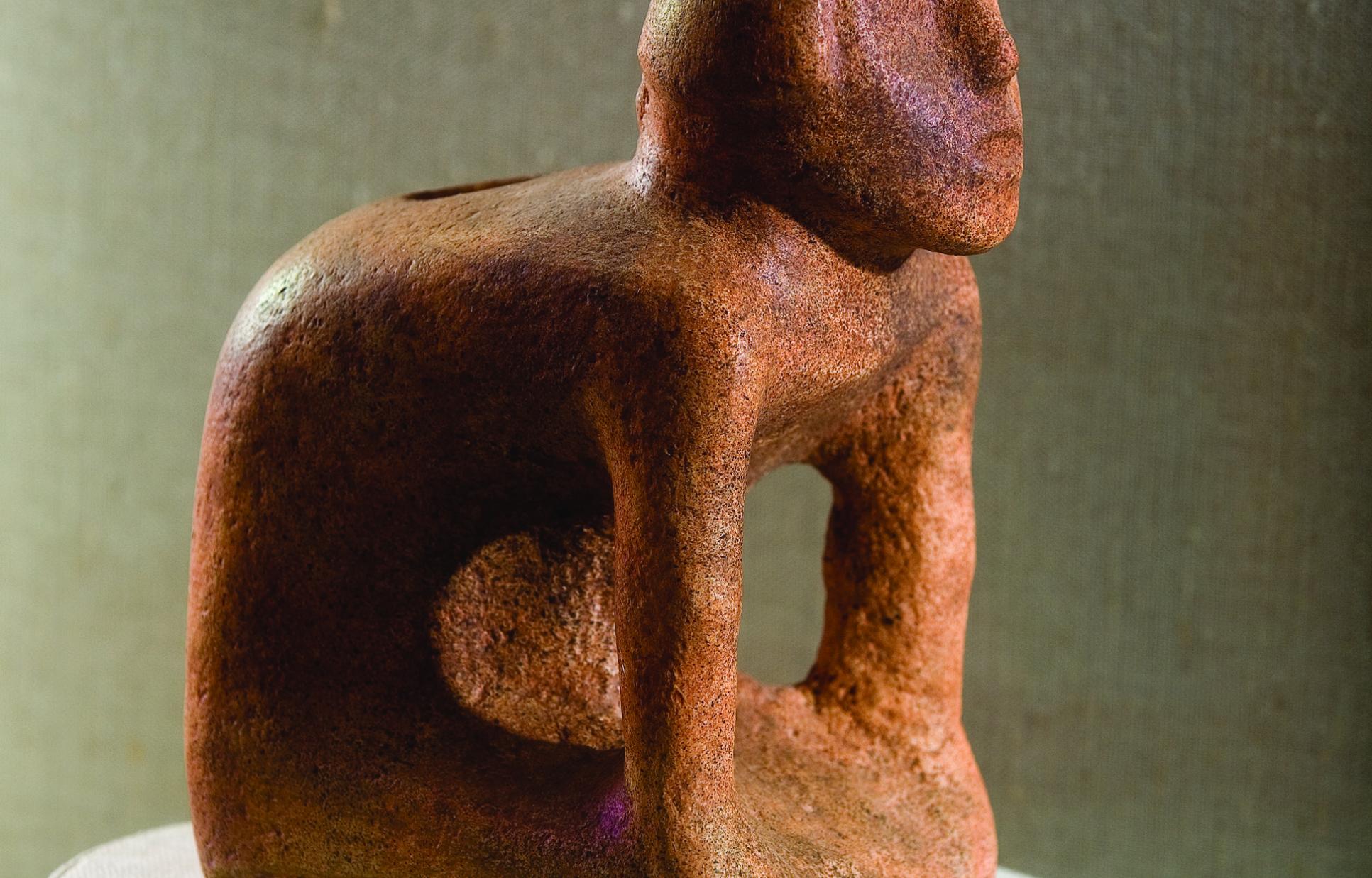More than 1,200 years ago, a group of ancestral Caddo built a village and ceremonial center here. Today, three earthen mounds, still considered sacred to Caddo people, rise from the lush Piney Woods landscape. Learn how the Caddo lived on the land through exhibits and programs.
Hours
Tuesday to Sunday
8:30 a.m.–4:30 p.m
Tickets
Adult $5
Senior/Veteran/Teacher/First Responder $3
Child (6-17) $2
Child (5 and under) Free
Family (2 adults & 1 child) $8, each additional child $1
See the site





















Plan Your Visit
Caddo Mounds State Historic Site is a prehistoric village and ceremonial center located on the original El Camino Real de los Tejas.

Plan a Field Trip
Guided field trips are scheduled for groups of 15 or more; not counting underaged siblings or chaperones.

Caddo Mounds History
The Caddo selected this site for a permanent settlement about A.D. 800.
Events at Caddo Mounds
Caddo Mounds in the Blog
Support Our Historic Sites
Make a gift to the Friends of the Texas Historical Commission, a 501(c)(3) charitable organization dedicated to supporting the historic sites of the THC.
Donate



